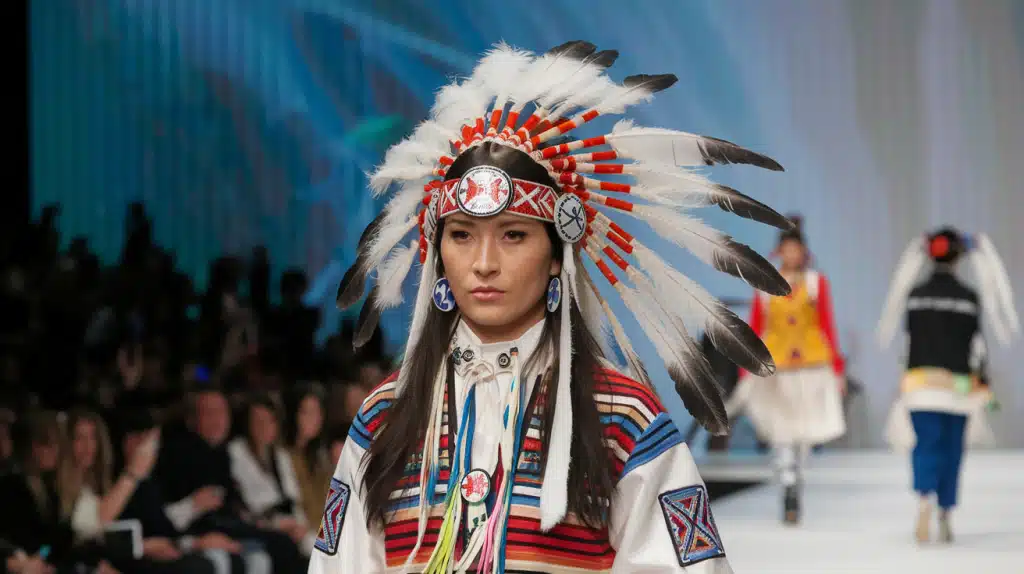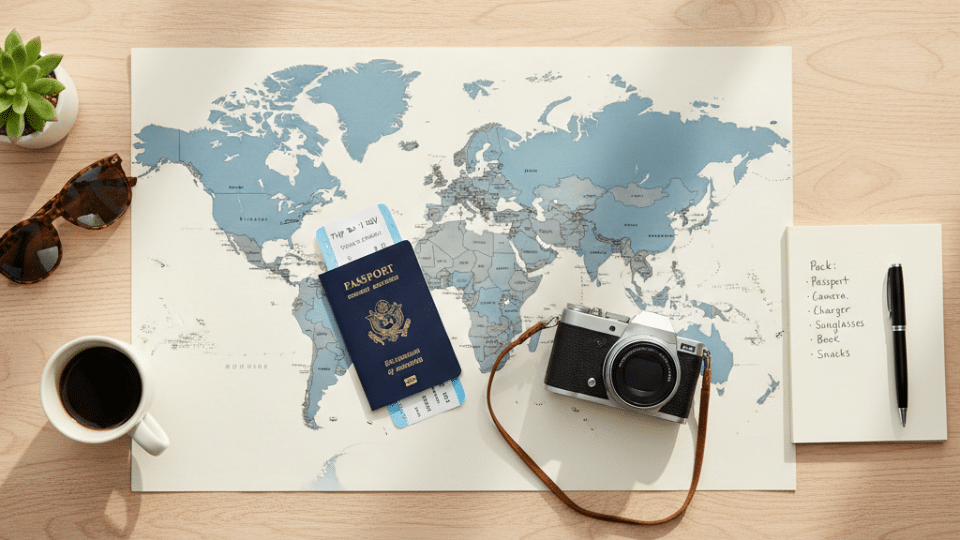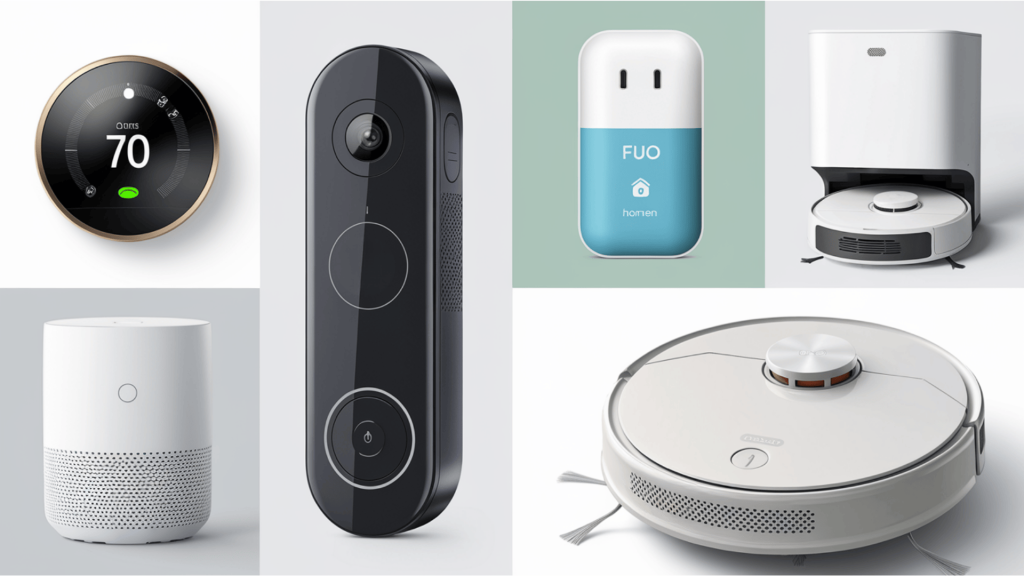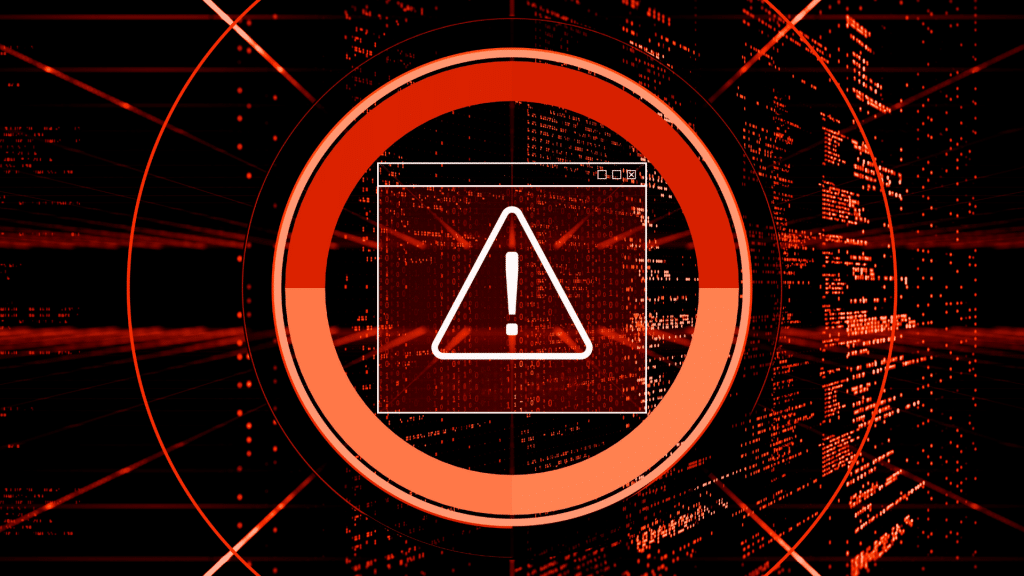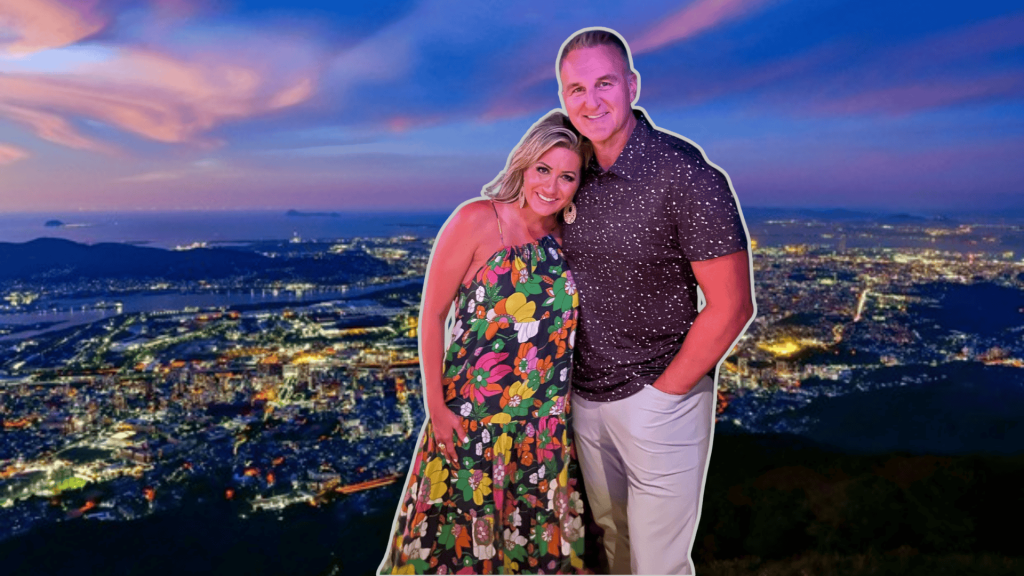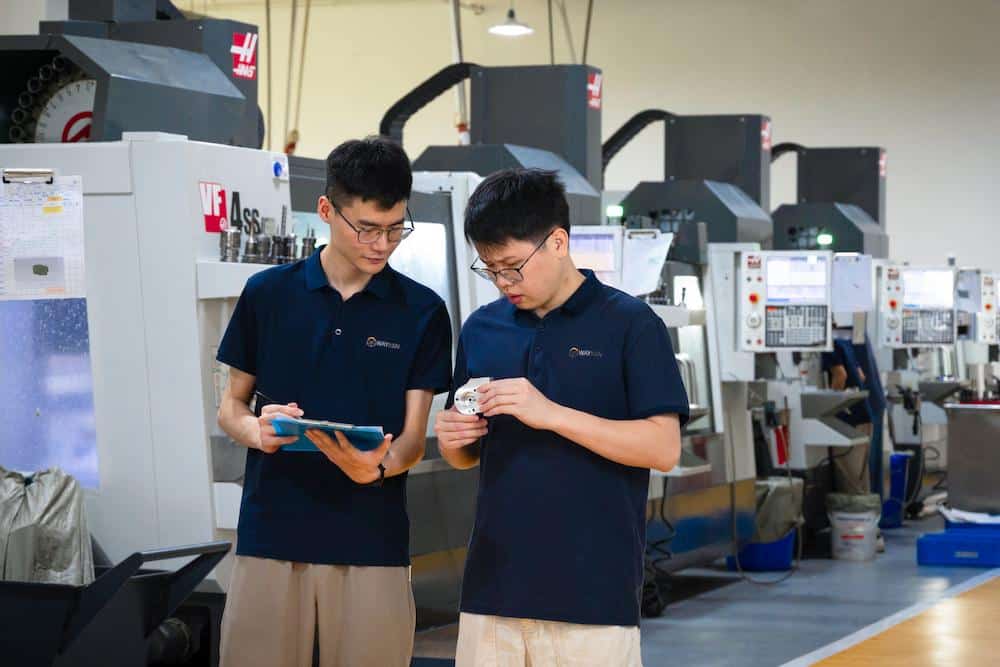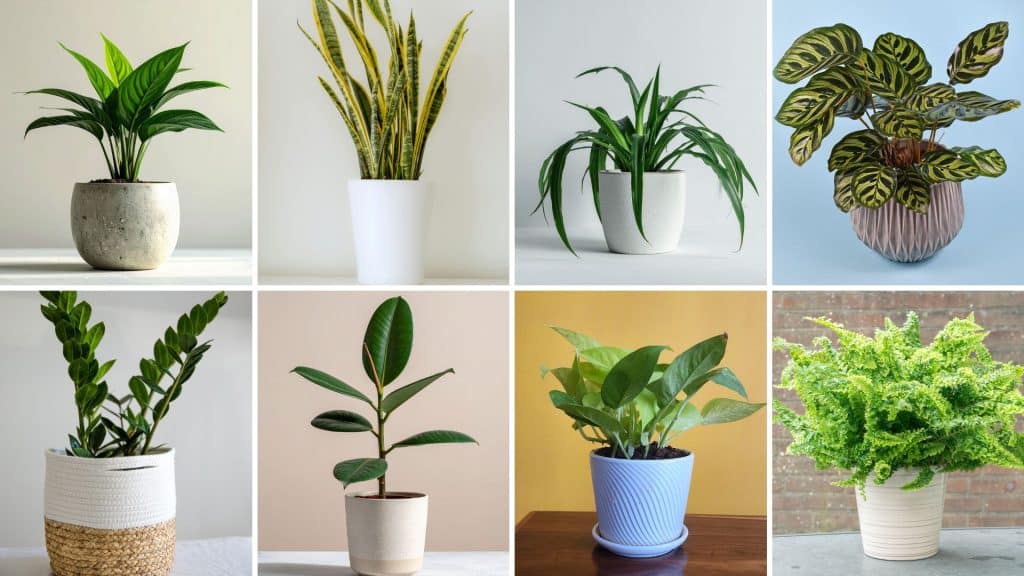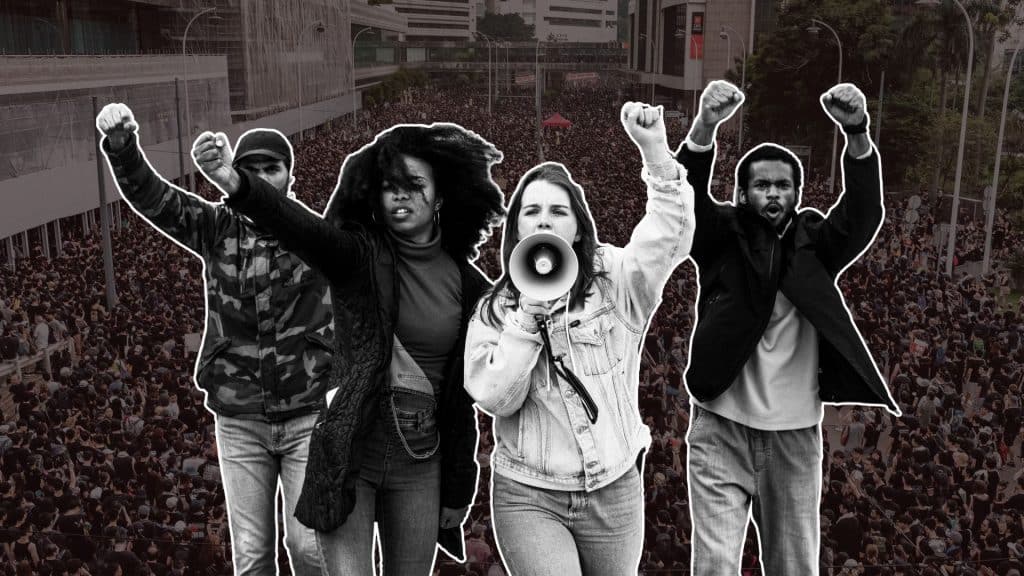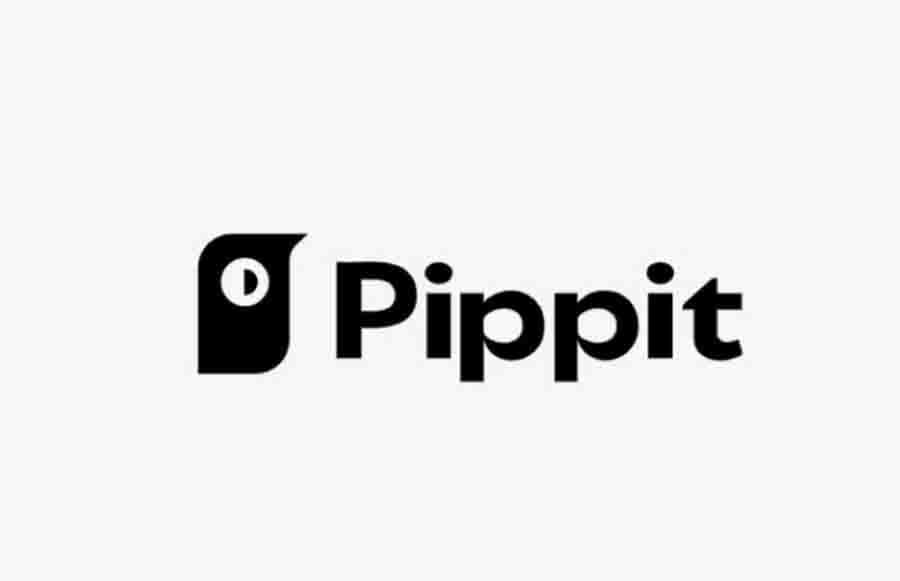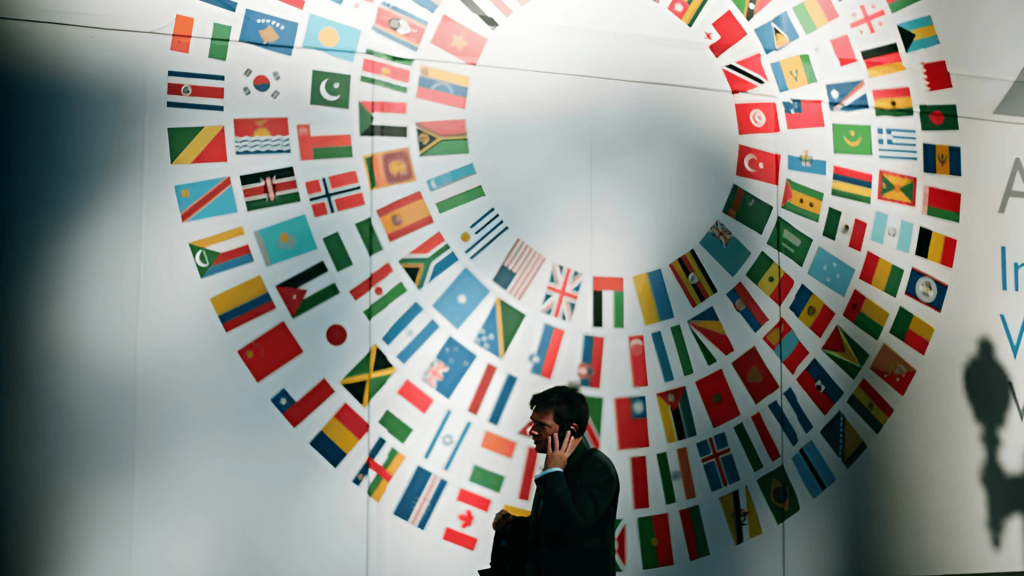Somewhere between a typical Instagram feed and a sci-fi movie reel, a new breed of celebrity is materializing — the holographic influencer. These digital beings, designed with unnerving accuracy, appear on red carpets, become live presenters, or even converse with followers with the spunk of a real-life personality — creators and creations have blurred as fans respond.
Welcome to the era of living pixels and customizable personas — brands are not just employing influencers; they are making them. With technology such as Dreamina and its AI photo generator, marketers can now craft personalities that reflect their brand’s personality while adjusting in real-time to how people respond. It’s no longer just storytelling — it’s story-living.
The new age of digital charisma
Traditional influencers were always mighty, but online ones are remaking the game. They are always relevant, never cancel on an appointment, and never have a PR blunder. They live at the intersection of emotion, design, and technology—the perfect brand persona for a distracted generation.
Imagine a beauty brand creating a virtual model whose skin tone changes for each new product launch, or an automaker creating a holographic ambassador who emerges from billboards to grace an AR screen. They inhabit the space between the flick and the theatre—a blend of fiction and reality.
The real matter of interest is how this new iteration of influencer, redefined engagement:
- They blur the boundaries of identity—are they character, ambassador, or both?
- Their aesthetic changes with each trend refresh, driven by AI analysis.
- They can appear anywhere: on packaging, on screens, or in person at events.
Every collaboration is like a film, every post like an episode. The narrative of the brand doesn’t just happen — it acts itself out.
When storytelling becomes social architecture
The soul of virtual influencer marketing is not about replacing people; it’s about crafting stories that never conclude. While conventional campaigns expire after release, AI-powered avatars grow through sustained engagement.
One fan comment can transform a narrative. A popular meme may spawn a new look. The influencer adapts, transforms, and bounces back the culture that envelops them. It’s social architecture in the form of storytelling — fluid, interactive, and uncomfortably intimate.
This creative flexibility has also opened up new ecosystems for design. Brands are playing with AR activations and holographic billboards upon which these influencers can “walk” across cities or host digital premieres. Picture a cereal mascot popping out of a box at breakfast or a fashion AI walking in-store to help you navigate new collections.
That’s not fantasy — it’s brand presence in the future. And tools like Dreamina are the creative foundation behind it.
Crafting digital charisma with Dreamina
Step 1: Write a descriptive text prompt
Let’s start your journey by going to Dreamina and beginning with a comprehensive text prompt. This is how your virtual influencer is born — through imagination and accuracy.
For instance, you might say: A virtual influencer from the future in a neon color studio, dressed in iridescent street wear, held a holographic smartphone in her hand, while softness is reflected on her face—cinematic lighting and a charismatic gaze.
A quality prompt allows Dreamina’s artificial-intelligence photo generator to develop the mood and essence of the fictional character that you are conjuring — a synergy of storytelling and visual poetry.
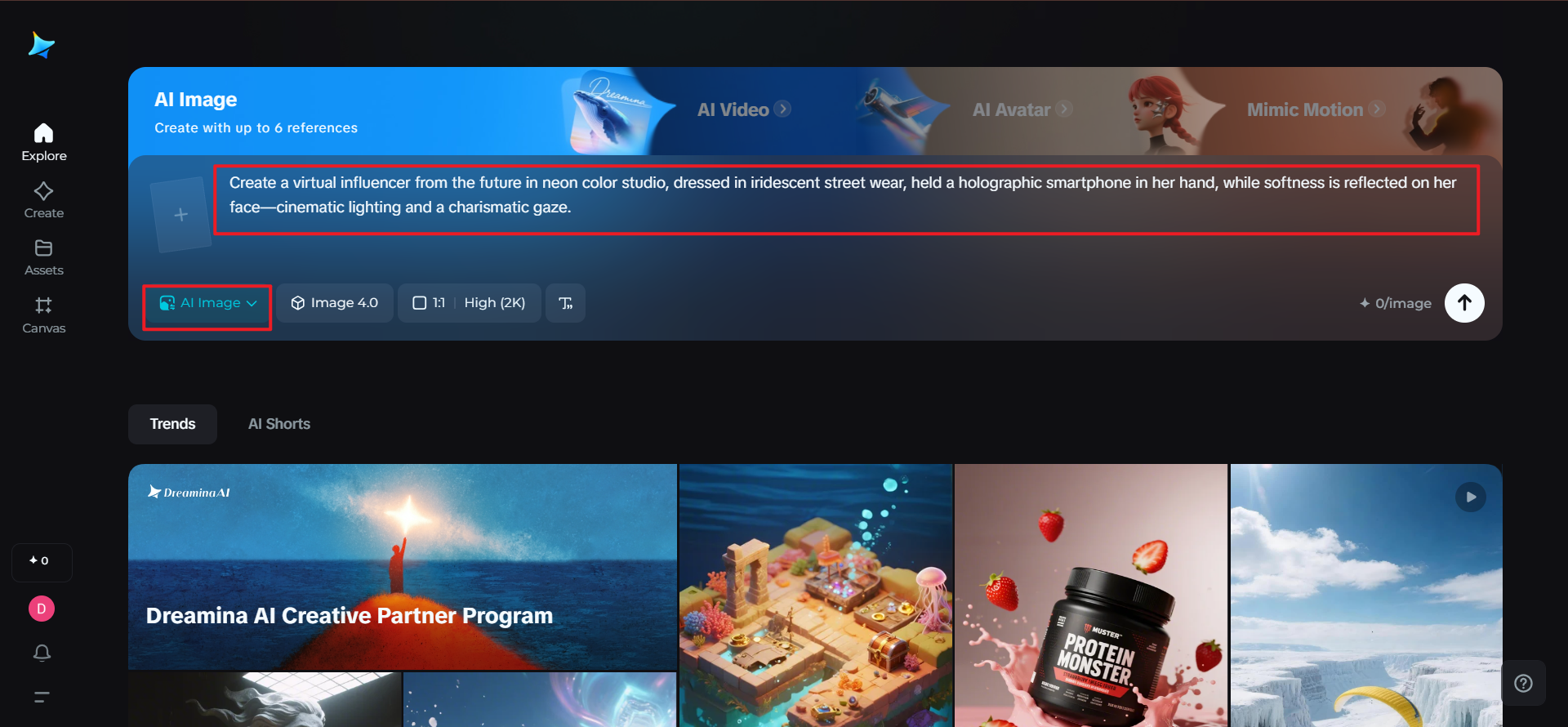
Step 2: Change parameters and create
Next, change the parameters. Pick your model, aspect ratio, and image size— and then choose between 1K or 2K size depending on the resolution quality you want. After that, click on Dreamina’s icon to render. In the blink of an eye, your character will appear — detailed, colorful, and camera-ready for your branded world.

Step 3: Personalize and download
Once your image is edited, you can optimize it even more with Dreamina’s tools. Employ inpaint to make adjustments to facial expressions, expand to include visual context, remove to eliminate distractions, or retouch to optimize detail. Once satisfied with the final appearance, click on the Download icon to have your new digital ambassador saved. Voila, your holographic storyteller is now ready for the limelight.
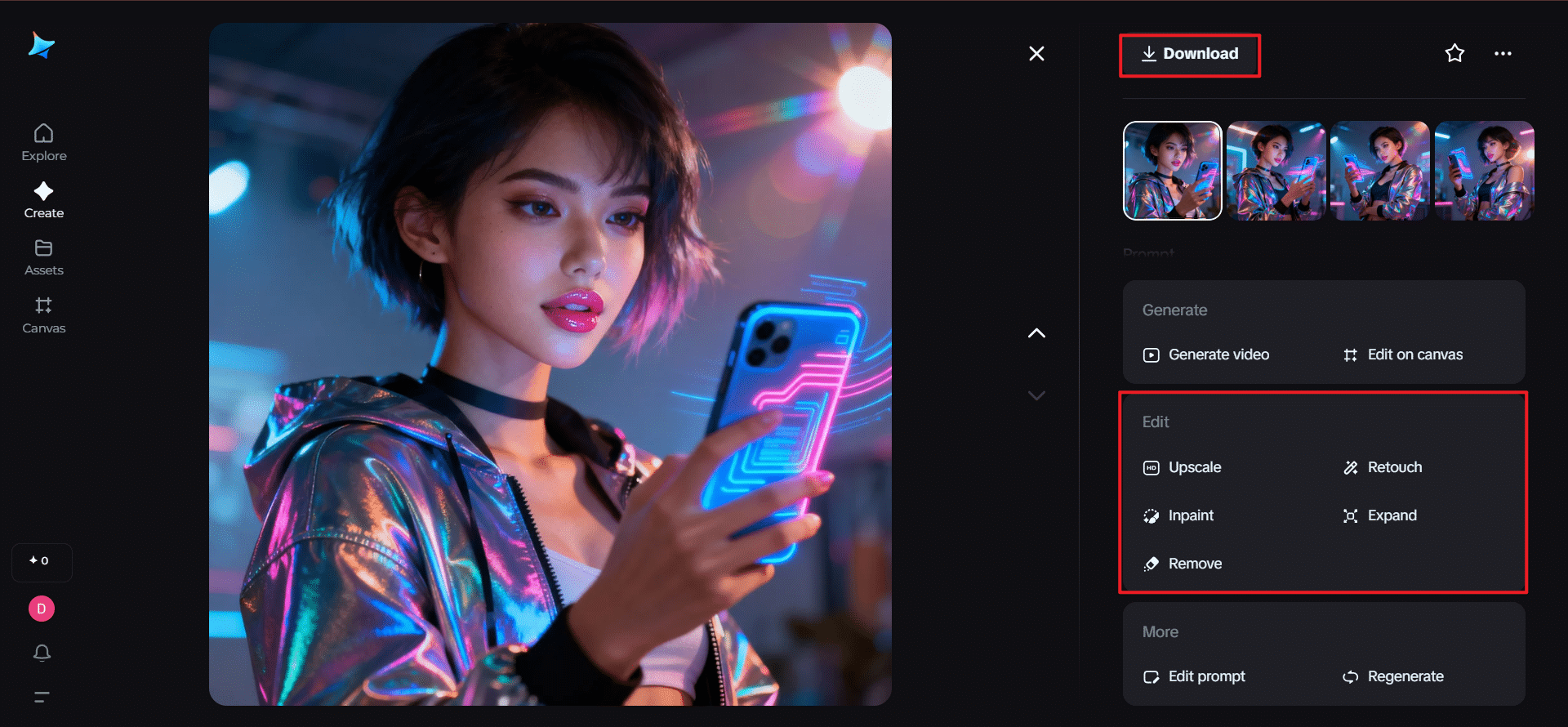
Personality in pixels: how brand design has evolved
Designers are now combining product identity with digital charisma. A shoe brand could design its line around a digital athlete’s narrative, and a drinks label could have rotating designs that coordinate with that avatar’s day-to-day exploits.
This performative branding propels design to be less fixed and more performative. And herein lies where the AI logo generator comes in — assigning a distinct emblem to each virtual character that adjusts to their look. Rather than a single fixed logo, think of a living emblem that changes colors, form, and animation style based on campaign tone or narrative arc.
With Dreamina’s art-driven environment, these logos no longer merely represent — they react.

Storytelling that wears its art
Campaign images are also following the lead of cinematic design. People still talk about how posters and those social media teasers, even the thumbnails, get made these days. They come across little bits of movie scenes. Immersive stuff, full of emotion, and pulling in that sense of movement.
- Creative teams are switching up their approach to images in some fresh ways. They layer in color gradients to show shifts in emotional tones.
- You know, it makes things feel more alive. And then there are those reflective surfaces. They bring in this holographic kind of realism, pretty much like stepping into another world.
- Those subtle blurs really mimic camera motion. They add this cinematic depth thing.
- Light sources are built to react dynamically in AR filters.
And for those willing to introduce this level of depth to their campaigns, the AI poster generator provides an entryway. From virtual premieres to digital partnerships, brands can now create poster art that aligns with the tone and personality of their holographic influencers — futuristic yet emotionally resonant.
The common mythology of digital worlds of brands
What’s interesting about holographic influencers isn’t necessarily their realism — it’s their mythology. Each of them has a micro-universe of legend that grows over time. Fans are not only followers; they’re co-creators.
When a virtual influencer “collabs” with a brand, they don’t merely wear a product; they incorporate it into their story. The scent is incorporated into their origin story. The clothing is an expression of their personality development. The campaign becomes an immersive chapter of their existence.
For brands, this is a new creative cycle: products become protagonists, and every moment of marketing is an installment of storytelling heritage.
From followers to worldbuilders
In this setup, viewers do more than just watch stuff. They help build it, too. Fan art shows up, along with remixed clips and AI-made spin-offs. All that stuff creates this kind of everyday brand legend. Each little interaction pulls people closer. It turns the influencers’ tale into something everyone works on together. Kind of like an ongoing artwork that keeps changing.
The really cool part about this whole world is how creativity spreads out. It does not stay stuck in big studios or marketing firms. People join in. They do new things. And it all keeps getting reworked over and over.
Conclusion: When pixels start feeling human
Virtual influencers are rising up. They sit right at this mix of fake worlds and real stories. Never before has realness come from feelings instead of actual bodies.
Dreamina’s tools for art make the change clear. Brands can now make, shape, and grow their own online stars pretty easily. Starting from basic image ideas all the way to polished ads, Dreamina turns thoughts into real visuals.
Because in this new age of storytelling, the heroes may be virtual — but the feelings they inspire are very, very real.





